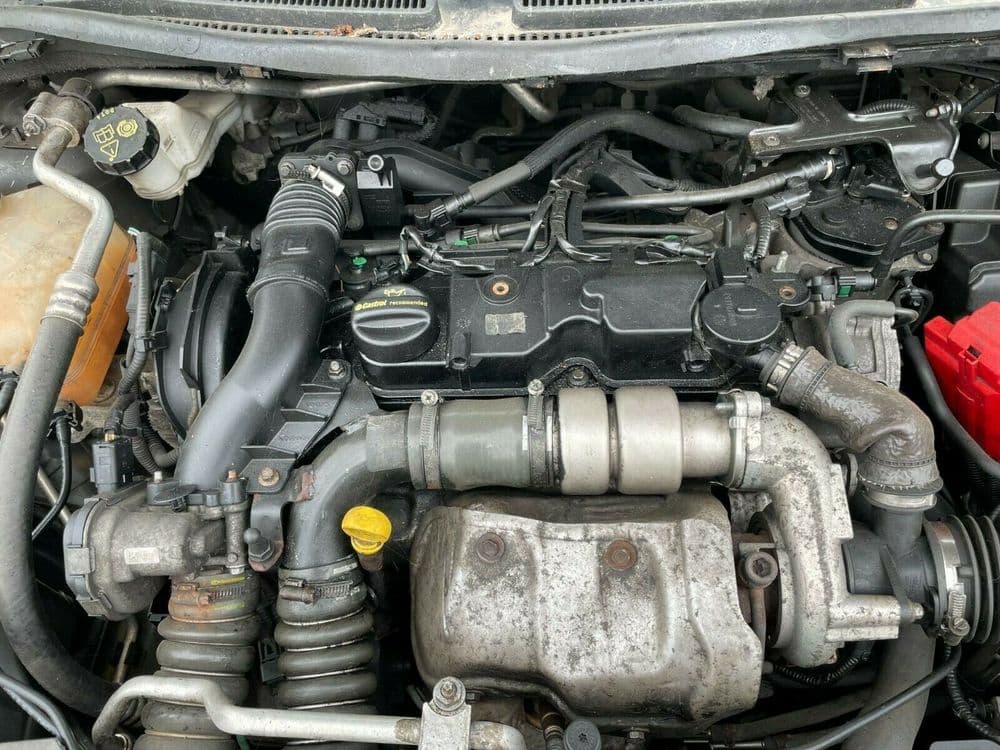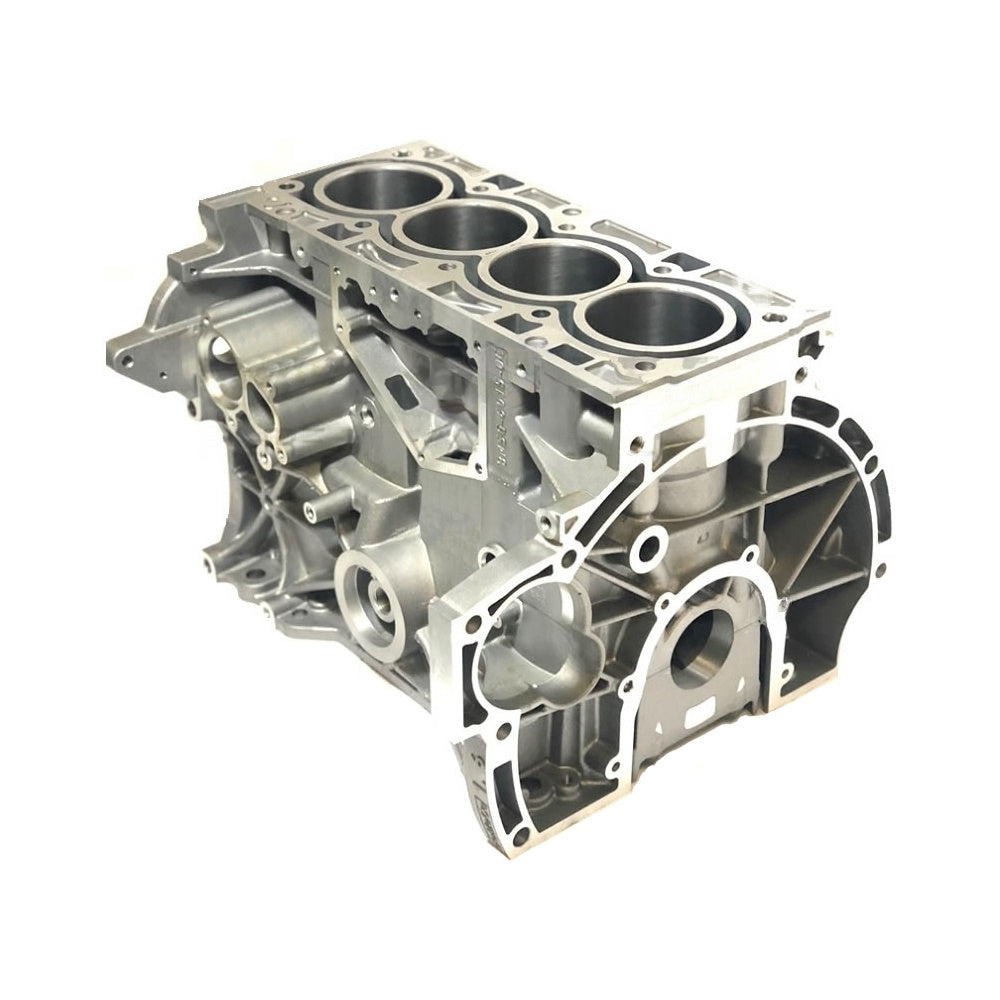How to Maintain Your Ford Fiesta Engine for Long-Term Performance
Opening the Power of Engines: A Comprehensive Guide to Efficiency and Efficiency
Understanding the detailed mechanics of engines is essential for both performance fanatics and day-to-day chauffeurs. By taking a look at vital metrics such as horsepower and torque, one can appreciate exactly how tuning strategies boost performance while dealing with ecological issues. Normal maintenance plays a pivotal function in sustaining optimum efficiency over time. As the automobile landscape changes in the direction of electrification and advanced technologies, the concern arises: how can we properly adapt to these modifications while optimizing engine capabilities? The responses might redefine our strategy to engine efficiency and performance in manner ins which are both informing and important.
Comprehending Engine Basics
What constitutes the basic auto mechanics of an engine? At its core, an engine is a device designed to transform fuel into mechanical power through a series of controlled surges or combustion procedures. The main components consist of the cyndrical tube, piston, crankshaft, camshaft, and shutoffs. The cylinder acts as the chamber where burning takes place, while the piston moves within the cylinder to transform the power from combustion into direct motion (ford fiesta engine).
The crankshaft then changes this linear movement right into rotational energy, which inevitably powers the automobile. The camshaft controls the opening and closing of the shutoffs, regulating the consumption of air and fuel and the expulsion of exhaust gases. In addition, the engine relies upon a very carefully adjusted fuel-air combination, ignition system, and cooling down system to ensure optimum performance and efficiency.
Comprehending engine basics also includes acknowledging the importance of engine cycles, such as the four-stroke cycle, that includes intake, compression, power, and exhaust strokes. Each stage is important in making sure the engine works smoothly and properly. Mastery of these fundamental technicians lays the groundwork for discovering much more complex engine characteristics and performance metrics, important for enhancing both power outcome and effectiveness.
Secret Performance Metrics
Trick performance metrics are vital for assessing an engine's effectiveness and power outcome, offering important understandings for both producers and customers. These metrics function as standards for engine efficiency, enabling for informed decisions in investing in, manufacturing, and layout.
One of the primary metrics is horsepower, which evaluates the engine's capability to execute job over time. Torque, determined in pound-feet, is one more essential statistics that shows the engine's rotational pressure, straight affecting velocity and hauling capability. Fuel effectiveness, generally gauged in miles per gallon (MPG) or liters per 100 kilometers (L/100km), analyzes how effectively the engine transforms fuel right into activity, impacting environmental considerations and operational expenses.
Additionally, thermal effectiveness steps exactly how well an engine converts gas power right into beneficial job, disclosing understandings into power losses largely through warmth. Exhaust degrees, including carbon dioxide and NOx, are likewise critical, mirroring the engine's ecological impact and conformity with governing criteria.

Tuning Techniques for Effectiveness
Tuning methods play a considerable duty in enhancing engine performance by maximizing performance metrics determined in earlier discussions (ford fiesta engine). Different methods exist to tweak an engine, each imp source contributing to boosted fuel economic climate and minimized exhausts
One efficient method is readjusting the air-fuel ratio, guaranteeing the engine runs within the ideal combustion program. A leaner check blend can enhance fuel effectiveness, yet it should be balanced to prevent misfires or engine knock. In addition, reprogramming the engine management system can recalibrate criteria such as ignition timing, which even more improves performance while maintaining power outcome.
An additional important strategy includes customizing the intake and exhaust systems. Upgrading to high-performance air filters and exhaust headers can decrease back stress, assisting in far better airflow. This permits the engine to take a breath more openly, leading to enhanced combustion efficiency.
Furthermore, the execution of innovative adjusting tools, like dyno testing, offers specific data that enables targeted adjustments. Frequently checking these efficiency metrics makes certain that tuning initiatives generate the desired efficiency end results. Jointly, these techniques not just bolster engine efficiency however also add to long-lasting sustainability in engine operations.
Upkeep for Ideal Performance
Regular engine upkeep is crucial for attaining optimum performance and durability. A properly maintained engine not only operates successfully however additionally reduces the danger of expensive repair services and failures. Trick parts calling for normal focus include oil, filters, belts, and ignition system.
Transforming the engine oil at advised periods is vital, as oil lubes moving components and prevents getting too hot. Changing oil and air filters makes certain that contaminants do not hinder engine function. Ignoring these parts can lead to decreased efficiency and prospective engine damage.
Additionally, checking and changing worn belts and pipes is vital to avoid sudden failures. Timing belts, specifically, need to be changed according to the manufacturer's routine to prevent devastating engine damages.
Ignition system must likewise be checked and changed as needed, considering that they play an important function in ignition and gas effectiveness.
Future Trends in Engine Innovation
Welcoming improvements in technology, the future of engine layout is positioned to reinvent performance and performance across numerous applications. One of the most considerable patterns is the shift toward electrification. Hybrid and fully electrical powertrains are becoming significantly conventional, providing lowered discharges and enhanced gas effectiveness. This change is not merely a requirement yet a fad driven by governing stress and customer demand for lasting remedies.
Moreover, advancements in materials science are bring about lighter, stronger components that improve engine performance while lowering power intake. Advanced manufacturing methods, such as 3D printing, permit the production of complicated geometries that improve air flow and thermal management, therefore maximizing combustion procedures.
In addition, the combination of Homepage synthetic knowledge and artificial intelligence is established to change engine diagnostics and performance tuning. These modern technologies can analyze substantial amounts of data in real time, allowing predictive upkeep and customized efficiency improvements.
Final Thought
In verdict, unlocking the power of engines needs a detailed understanding of their auto mechanics and performance metrics. Implementing efficient adjusting techniques and sticking to regular upkeep techniques considerably improve engine capabilities. As the automobile landscape progresses, embracing future fads in innovation, including electrification and advanced production, will certainly be vital for optimizing performance and efficiency. This thorough approach not just benefits enthusiasts however additionally adds to lasting solutions in the world of auto design.
In addition, the engine counts on a very carefully adjusted fuel-air mix, ignition system, and cooling down system to make sure ideal performance and efficiency.
Comprehending engine fundamentals additionally entails identifying the importance of engine cycles, such as the four-stroke cycle, which includes intake, compression, power, and exhaust strokes. Mastery of these essential auto mechanics lays the foundation for discovering a lot more intricate engine characteristics and efficiency metrics, essential for maximizing both power result and performance.

Accepting advancements in modern technology, the future of engine layout is poised to transform performance and effectiveness across various applications.